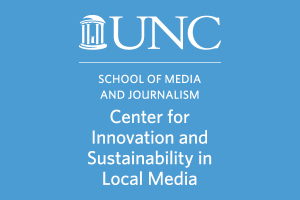Modeling the future in 3D

Story by the UNC Center for Innovation and Sustainability in Local Media
Originally published March 1, 2019, on cislm.org
Assistant Professor Steven King and his team recently took part in an exciting endeavor, creating a 3D model of London’s Hope Gardens, a temporary housing development built from shipping containers, for Quartz’s 2050 Project.
The 2050 Project is an exploration of creative solutions to the challenges of urban living, since by 2050 two-thirds of the world’s population is expected to live in cities, according to Quartz.
Besides highlighting Hope Gardens, the project examines seven other unique buildings around the globe, including Bolivian buildings incorporating indigenous designs, and a Danish power plant with a roof that doubles as a hiking trail and a ski slope.
King is an assistant professor of Interactive and Multimedia at UNC’s School of Media and Journalism. He is also the chief innovation officer of the Reese News Lab, which is supported in part by the Center for Innovation and Sustainability in Local Media (CISLM), located within the Hussman School.
A former editor of innovations and director of video at The Washington Post, King has worked not only with media outlets, but with U.S. and foreign governments, using innovative technologies to address issues ranging from disease prevention to war violence.
“Using photogrammetry to create 3D models is important for journalism because it gives an accurate representation of the location. Presenting those realistic models in augmented reality provides an opportunity to engage users to see the location from every angle and study the details,” King said.
Alexis Barnes, CISLM Innovation Project Manager and Hussman School alumna, was instrumental in developing the project, King said.